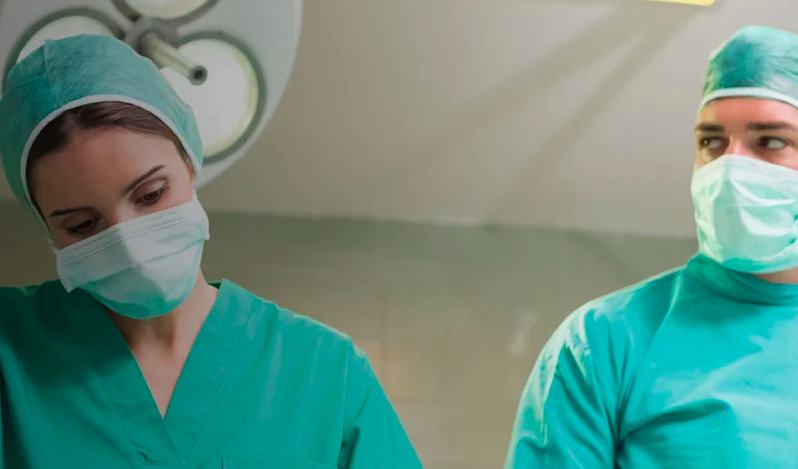Anaesthesia Fundamentals | Physiology | Loop of Henle, Distal Tubule and Collecting Tubule



Loop of Henle, Distal Tubule and Collecting Tubule
Session Overview
Description
This session will explain the importance of the interrelated functions of the loop of Henle, distal tubule and collecting tubule in the regulatory functions of the kidney.
Learning Objectives
By the end of this session you will be able to:
- Explain the functions of the loop of Henle and the countercurrent mechanism
- Describe how medullary hypertonicity is generated and maintained
- Explain the role of the vasa recta
- Explain how urine concentration is regulated
Prerequisites
Before commencing this session you should:
- Renal morphology, blood supply and glomerular filtration (001-0654)
- Tubular transport and the proximal tubule (001-0655)
Only mammals and birds are able to produce concentrated urine, i.e. urine that is hypertonic to plasma.
This is made possible by the presence of loops of Henle, which actually dilute tubular fluid, and in doing so produce interstitial hypertonicity.
This in turn enables water abstraction from the collecting ducts. The amount of water abstracted is controlled by antidiuretic hormone (ADH).
- Step to Work | Systems that shape everyday practic...
- Posted By eIntegrity Healthcare e-Learning
- Posted Date: 2024-12-23
- Location:Online
- This session looks at how the everyday practice of allied health professionals is part of, and shaped by, complex systems.
- Step to Work | Sustaining change and learning
- Posted By eIntegrity Healthcare e-Learning
- Posted Date: 2024-12-23
- Location:Online
- In this session, we will help you begin to draw together some of your reflections and learning from the Step to Work programme. We will be drawing on some ideas from positive psychology to help you do this.
- Step to Work | Positive appraisal of learning duri...
- Posted By eIntegrity Healthcare e-Learning
- Posted Date: 2024-12-23
- Location:Online
- This session focuses on appraising your experiences in service settings to help you surface and understand the thoughts and feelings1 about difficult and challenging situations you have experienced. It will also help you to better appreciate your own stre
- Step to Work | Personal wellbeing at work
- Posted By eIntegrity Healthcare e-Learning
- Posted Date: 2024-12-23
- Location:Online
- This session explores how we can use self-care practices to help overcome the negative impacts that challenging days at work have on us and promote health and wellbeing.
- Step to Work | Introduction to the sessions in the...
- Posted By eIntegrity Healthcare e-Learning
- Posted Date: 2024-12-23
- Location:Online
- Introdcution to the sessions in the Step to Work programmme.
